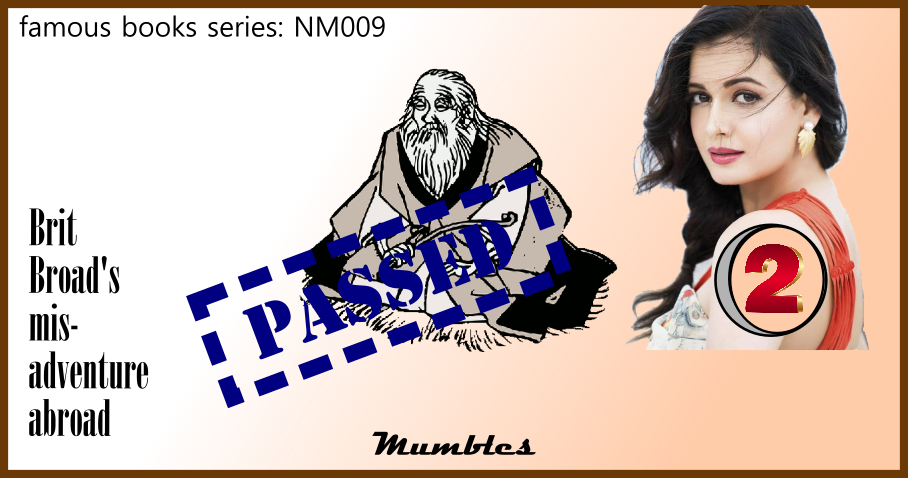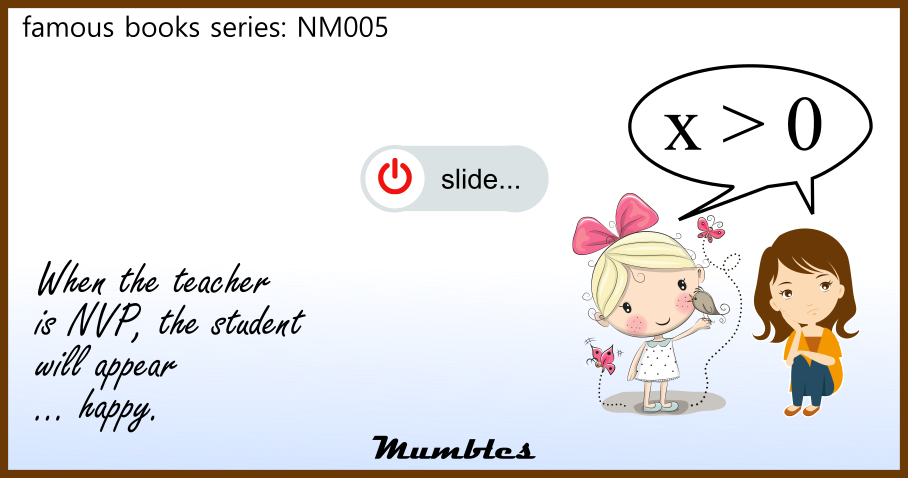More Physics/Mathematics puzzles with an unusual structure, tailored for the Google-in-hand generation.
In most cases, you don’t have to derive a numerical value for the solution, to remember the value of the physical constants required, or even to remember the correct formulae to use in the solution. It suffices to describe how you will find an answer (using your cellphone, if needed). Of course, it would be more satisfying, and have a greater chance of being correct, to work through a complete solution. Simplifying assumptions are given in notes. Some helpful (or perhaps misleading) references may be given.
11. Escape Velocity
Newton’s theory of gravity associates a critical velocity with a planet (or moon) of mass M and radius R for a body to escape from the planet forever. This is called escape velocity (Ve).
Ve = sqrt(2GM/R)
G, of course, is the gravitational constant.
Q: Is it possible for a body to get away from the planet (that is, go arbitrarily far away from the body) while moving at less than escape velocity at all times?
Discussion (hidden in gray block; select the text to make it visible):
What you need to remember is that the escape velocity Ve is required to escape the gravitational attraction of the body if no further propulsion is provided. That is, it is the muzzle velocity a bullet would need to escape (ignoring air resistance). A body can escape slowly, moving less than Ve, if there is thrust provided later. A good example is a satellite in orbit that is slowly pushed out to larger orbits by shining a laser on a mirror mounted on it. Incidentally, the mirror is so that the laser doesn’t vaporize the satellite. As a bonus,the mirror helps to multiply the thrust as well as to steer the satellite. And, of course, a rocket ship keeps running its engines to gain orbit, or escape the solar system, without ever coming close to Ve.
12. The Century the Earth Slowed Down
Imagine, due to some unknown mechanism, the Earth’s spin slows down by 50% although it takes a hundred years to do so. The length of the day then becomes 48 hours (from the current 24 hours). What will be the major impacts to humanity then?
Discussion (hidden in gray block; select the text to make it visible):
First of all, although the solid Earth may appear rigid, it behaves more like a viscous fluid over geological time periods. The implication is that the spin of the Earth causes it to bulge slightly at the equator compared to the poles. It is thus in hydro static equilibrium: the net force that we feel, the sum of gravitational attraction and centrifugal force at every point on the surface, has no tangential component such that it points straight down. Now, what happens when the Earth loses half its spin? There will be a weakening of the centrifugal force. As centrifugal force varies as the square of the spin rate, there will be a four-fold reduction in the centrifugal force. A new hydro-static equilibrium will be eventually attained, but that will take many thousands of years. But for now, the air and water are fluid enough to stay in hydro static equilibrium over the hundred years of slowing down of the Earth’s spin. That is, the oceans will migrate towards the poles and away from the equator. The land and ocean floor in the equatorial region will appear to rise with respect to the mean sea level. One needs to calculate the exact rise, but had the spin completely stopped, remember the equator is an extra 21 kilometers higher than the poles as measured from the center of the Earth. Again, if one has detailed data of the topography of the solid floor of the Earth, plus the amount of water at each point, it should be possible to calculate how the water migrates to produce a year-by-year map of the oceans through the hundred years of spin down. In particular, we need to calculate if enough land remains habitable for humanity to survive, because the equatorial region may not have enough air pressure to be livable. The doubling of the length of day would play havoc with circadian rhythms of all living organism too. I have no idea how that will play out. Randall Munroe explores the effects of what would happen if the Earth suddenly stops spinning in his book, “what If?”. However, that is a different scenario that creates a different set of problems for humanity.
13. Shadows
A hole of one cm diameter is punched at the center of a stiff card and the card is held parallel to a white surface 500 cm away. The Sun is at a right angle to the two surfaces, and so the card casts a shadow on the surface. The hole in the card generates a bright circle in the middle of the shadow. Now, the card is replaced with another card with a one cm diameter crescent-shaped hole.
(a) what will be the shape of the bright area in the middle of the shadow?
(b) if the bright area is seen to be crescent-shaped, what is its orientation with respect to the hole in the card?
Discussion (hidden in gray block; select the text to make it visible):
The key concept here is the pinhole camera. Irrespective of the shape of the hole in the card (provided it is small enough), the bright area on the surface is really the (inverted) image of the Sun. So the answers are, (a) the bright area will be circular. (b) If the Sun’s image looks like a crescent, then there is a solar eclipse in progress! The orientation of the crescent will be upside down with respect to the eclipse seen directly; the orientation of the card is immaterial.























